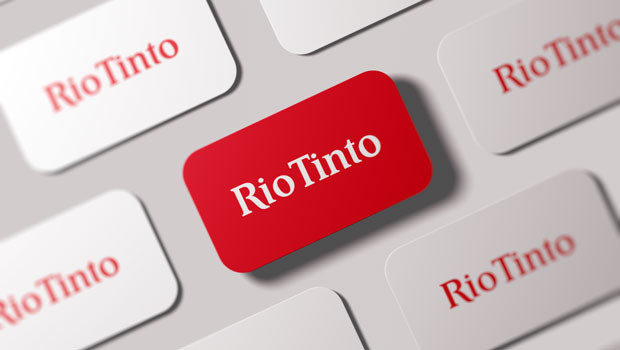
Diversified mining company Rio Tinto $RIO (+0,2 %)
$RIO (-0,36 %) has signed a Joint Development Agreement (JDA) with Australian environmental technology company Calix to support Zesty's planned green iron demonstration plant in Kwinana, Western Australia, while further design work on its BioIron furnace is deferred pending the completion of additional engineering developments.
If approved, the Zesty demonstration plant will be constructed at the site previously earmarked for the Rio Tinto BioIron research and development (R&D) facility.
Rio Tinto said on Monday that its assessment of the current BioIron furnace design showed that further work was needed to minimize technical risks and improve performance, although the company remains confident in the long-term potential of the technology.
BioIron, which has been developed by Rio Tinto's steel decarbonization team over the past decade, uses raw biomass such as wheat straw, bagasse and rice straw as a reducing agent and consumes about a third of the electricity needed for hydrogen-based steelmaking.
The research was continued in collaboration with the University of Nottingham and Metso.
For the Zesty project, Rio Tinto will provide around 35 million Australian dollars in funding and in-kind support to advance the project, which is also supported by the Australian Renewable Energy Agency (ARENA).
Calix has a separate ARENA grant of up to 44.9 million Australian dollars, subject to matching co-financing.
Zesty uses electric heating and hydrogen reduction to produce lower emission iron and is compatible with Pilbara ores, including lower grade materials.
The demonstration plant is designed to produce up to 30,000 tons per year of direct hydrogen reduced iron or hot briquetted iron.
Matthew Holcz, CEO of Rio Tinto Iron Ore, said the agreement would help advance a potential pathway for Pilbara ores in low-emission steelmaking, adding that work on BioIron would continue in parallel.
Under the JDA, Rio Tinto will provide engineering and technical services to support the project through to a final investment decision, which is expected in 2026.
Subject to permitting and construction, the mining company will supply up to 10,000 tons of Pilbara ore for commissioning and initial testing and introduce potential downstream customers.
The partnership grants Rio Tinto a non-exclusive, worldwide and perpetual license for the potential commercial exploitation of the Zesty technology, with the right to sub-license to affiliates and customers and to act as a non-exclusive global marketing agent.
The Kwinana site provides access to existing supply and port infrastructure and is close to the NeoSmelt facility where Rio Tinto and four other partners are developing downstream processing options with ARENA's support.

